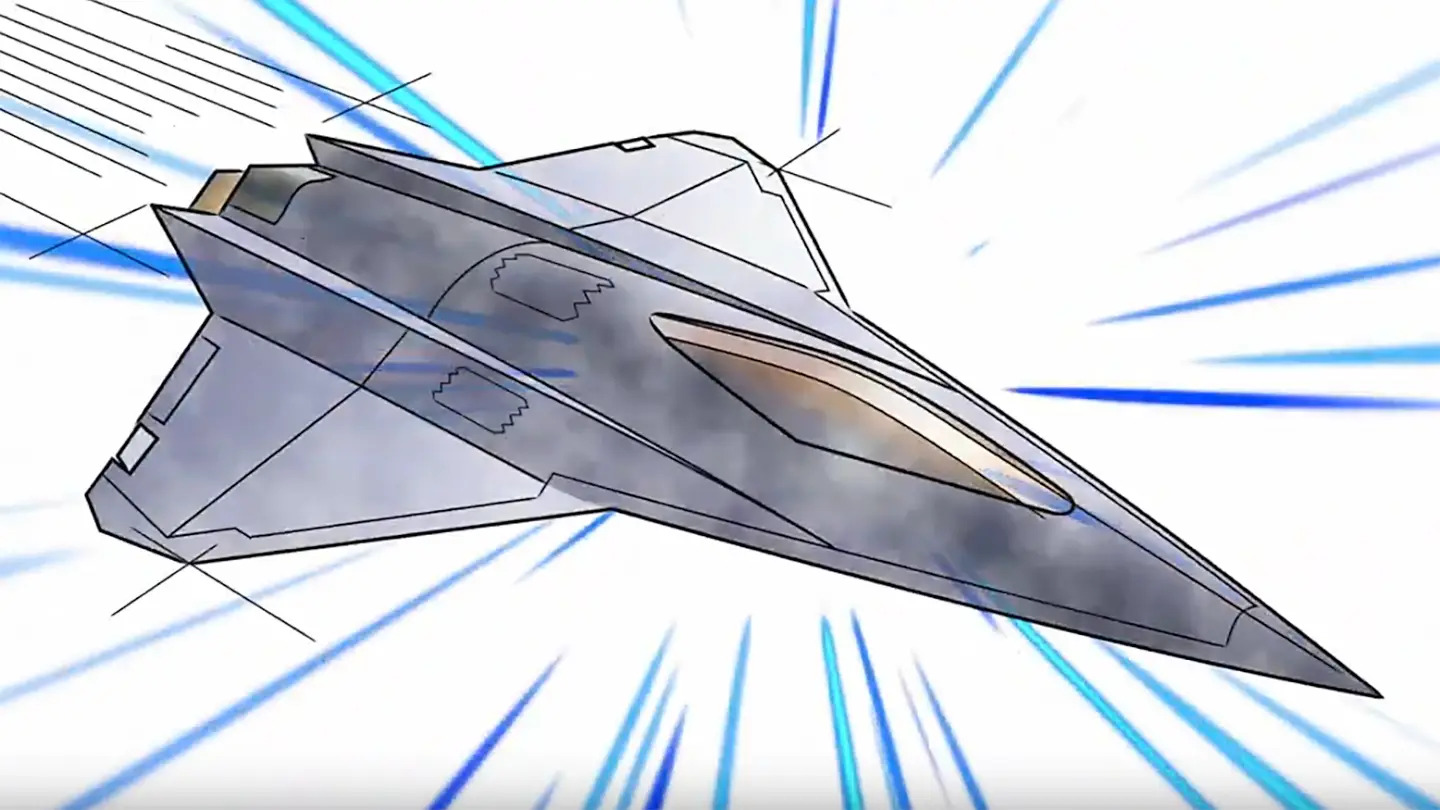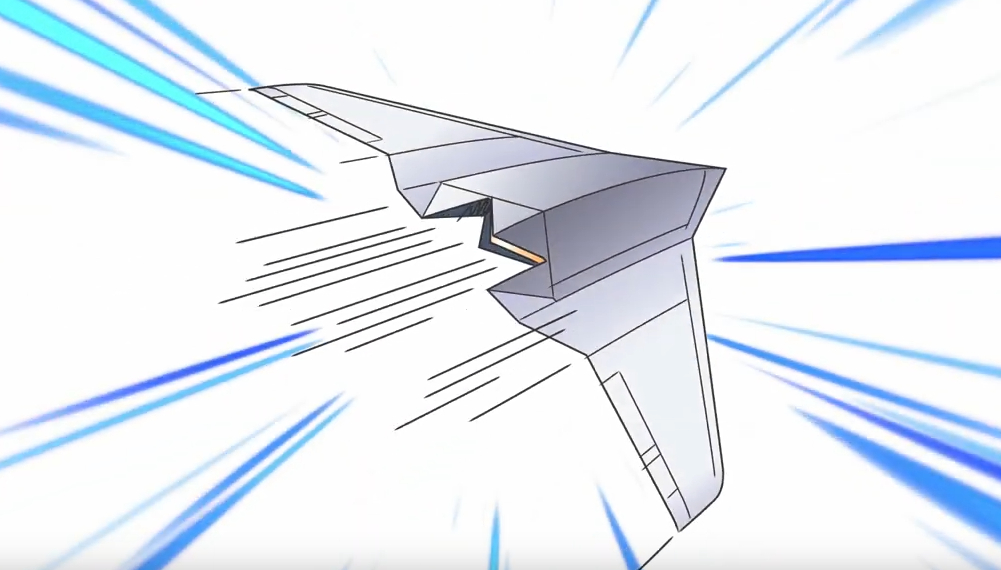Celebrating its 80th anniversary, Lockheed Martin’s Skunk Works released a promotional video commemorating the various iconic aircraft it designed. It, however, teased with plain drawings of the under-development and secretive Next-Generation Air Dominance (NGAD) fighter, along with a rendition of a potential ‘wingman’ drone — or Collaborative Combat Aircraft (CCA) as Lockheed Martin and the USAF have termed them.
Short Of 10,000 Recruits, US Army Recalls Soldiers ‘Kicked Out’ For Refusing COVID-19 Vaccine
The two simple line sketches are far from an official vision of what Lockheed Martin or the USAF has in mind for the NGAD. But they offer a glimpse into what the designers and planners broadly perceive would constitute the next step in military combat aviation.
Experts have long noted how aerospace engineers have maxed out kinematic and performance features like speed and maneuverability in current 4.5 or generation 5 fighters, with little scope for expanding those horizons.
The renderings, therefore, help to answer that question, albeit in a very loose fashion and with significant commercial interests. Otherwise, knowledge about the NGAD and its capabilities remains in the broad realm of speculation.
But interestingly, the promotional video comes in the backdrop of official word from Russian scientists about being undecided whether sixth generation planes would be manned or unmanned. This is in complete contrast with the US vision, which has indicated the NGAD would have a human crew.
Lockheed Teases With NGAD & Wingman Design?
The artists’ impression in the current video is mainly in line with the rendering Lockheed released years ago — a tailless, dagger-like design with squared and non-rounded, possibly two-dimensional thrust vectoring exhausts.
The design broadly conforms to a fused-wing body airframe. The cockpit canopy, too, seems unusually elongated and nearly fused with the nose and front fuselage of a single-seat fighter. Nevertheless, it nearly verifies that the NGAD is going to be manned.

A protruding cockpit or large vertical stabilizers offer more reflective surfaces for radar waves to bounce off. Meanwhile, The flat nozzles might have features to cool the exhausts before the exit, reducing the infrared signature, especially when scanned from the rear.
This can be assumed to be because enhanced stealth and automation, sensor fusion, and data processing would naturally take precedence over extreme maneuverability in the NGAD’s general orientation.
There also appear to be large bulges between the wing roots and the fuselage, which can be assumed to be anything from stylistic choices by the artist to under-consideration design features offering sizeable internal volume. The hollow space might carry anything from extra fuel to all-round sensors, electronic intelligence (ELINT), or modules to control CCAs.
However, it is far from definitive at this stage, and it is less likely that any features shown in official renderings might find their way into the final product.
Might Need Two-Men To Control
Moreover, the elongated cockpit might be meant for a two-man crew, and such a consideration won’t be too far-fetched. The NGAD would have a massive networking role — tactical command and control, exchanging data and information with a host of manned and unmanned aircraft, air, ground, naval assets, and satellites.
Coupled with substantially artificial intelligence-enabled (AI) functions, weapons release roles, and controlling its own ‘wingmen’ drones, it would be a technically tedious and tall order for a single pilot.
Wingman Revealed?
The video also showed a rendering of what appeared to be a smaller flying-wing UAV/UCAV. The drone has flat exhausts with serrated top and bottom surfaces, which could only be for stealth.

Whether this one of the CCAs envisaged for the NGAD is unclear, but it certainly resembles other CCAs that Lockheed portrayed in previous concept videos with the F-35. The computer-generated (CG) promotional material showed the F-35 flying amid three to four types of UAVs, each oriented towards a different role.
Russia Still Debating 6th Generation Fighters Would Be Manned Or Unmanned
Russian planners, meanwhile, have disagreed on whether sixth-generation fighters should be manned or unmanned. TASS reported on the lack of consensus among Russian military and defense industrial officials, where their views did not align.
Deputy General Director of the United Aircraft Corporation (UAC) Sergei Korotkov said, “Two years ago, a round table was organized on the issues of creating sixth-generation aviation complexes. The military and institutes involved in aircraft construction were invited to the round table; specialists from the Moscow Institute and the United Aircraft Corporation were present. The result was that we disagreed.”
Russian planners are at a “turning point” where that discussion has “not ended in anything.” This might be because Russia has a different perception of the complexity of tasks that a so-called sixth-generation aircraft would be expected to perform.
Future aircraft would need “increased flight performance,” adapting with other combat control and engagement systems, “high maneuverability, versatility, optimal piloting, and multi-mode use of the power plant (engine).”
“Integrating these technologies into a single system is a difficult stage in developing a new (sixth generation) combat aircraft, requiring additional efforts and resources,” Korotkov said. UAC director Yuri Slyusar had previously said that the Su-57 fifth-generation fighter is a “step towards a sixth-generation aircraft,” offering an exciting insight into Russian defense technology thinking.
- The author can be reached at satamp@gmail.com
- Follow EurAsian Times on Google News




